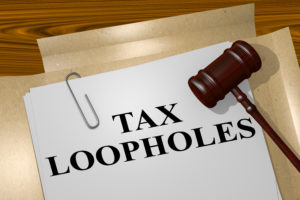
Looking to hold onto the proceeds from the sale of an investment, but agree to pay the tax later? That’s what real estate investors do when they defer taxes with a 1031 Exchange.
What Is a 1031 Exchange?
According to 1031.org, “A 1031 exchange is a method of deferring the tax on capital gains until some point in the future.” The exchange is appropriately named, “Section 1031” because Section 1031 of the Internal Revenue Code states that “no gain or loss shall be recognized on the exchange of property held for productive use in a trade or business, or for investment.”
Section 1031 was created to stimulate business growth by encouraging reinvestment of the sales proceeds into similar properties with the caveat that investors continue to put profit back into more property. If they do this, taxes will not be owed.
This all makes pretty good sense. Let’s say I invest in a house in Wisconsin that costs me $100,000. I put $50,000 into the house and put it on the market. It sells for $250,000. My $100,000 profit, or capital gain, is then put into another property that I buy to fix up and sell.
As the sales continue to evolve via purchase followed by investment, all of my capital gains will be deferred with a 1031 Exchange UNTIL I sell my last property and enjoy my profit. At that point, I pay all taxes owed.
Lawmakers originally designed the 1031 Exchange as a way for small-scale barter transactions.
Today it’s a much different story. Now the 1031 Exchange is being used for expensive artwork, rental car fleets, airplanes, commercial real estate and more.
Believe it or not a wealthy investor and buy and sell while paying zero capital gains taxes and can also defer taxes throughout their entire lifetimes. They can even have all taxes wiped out altogether at death.
A loophole like this begs for reform because ultimately it is costing the government billions of dollars a year.
If you have any questions about the 1031 Exchange or any other lending questions today.
The Certo Team at Down Payment Assistance of Arizona
55 N. Arizona Place Suite #103
Chandler, AZ 85225
602-429-6789
